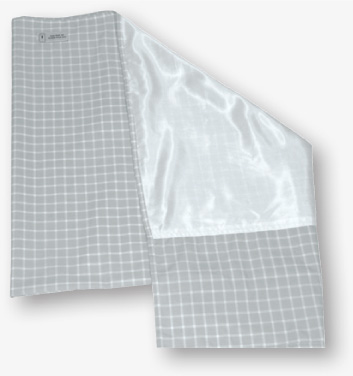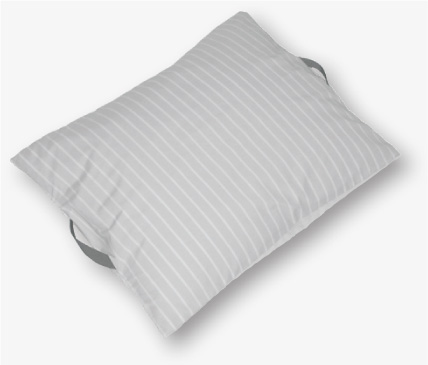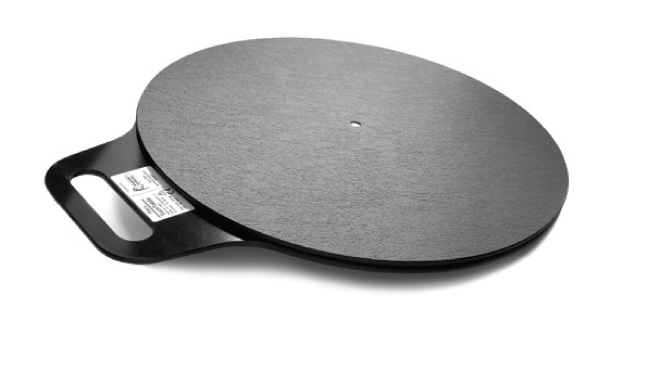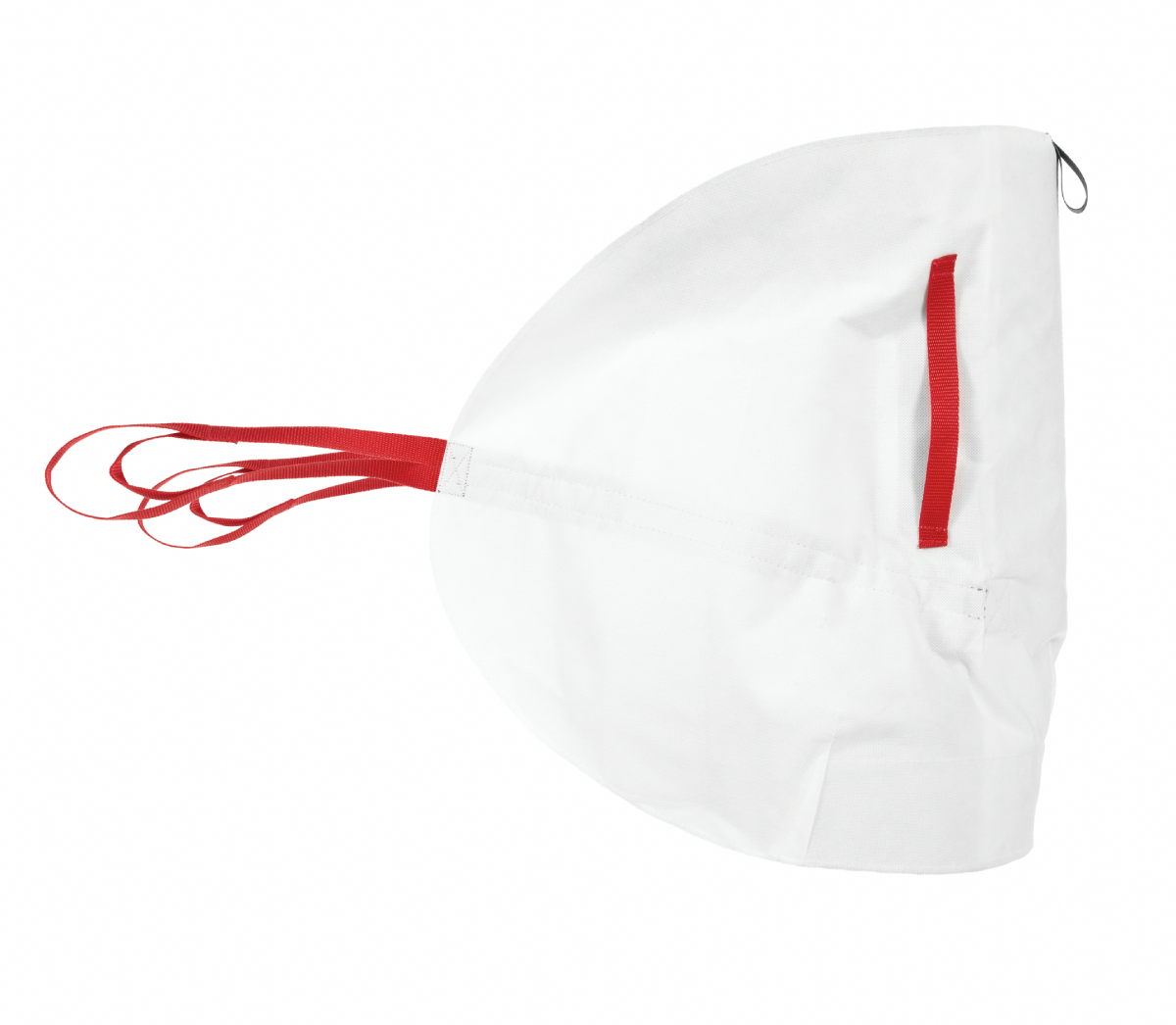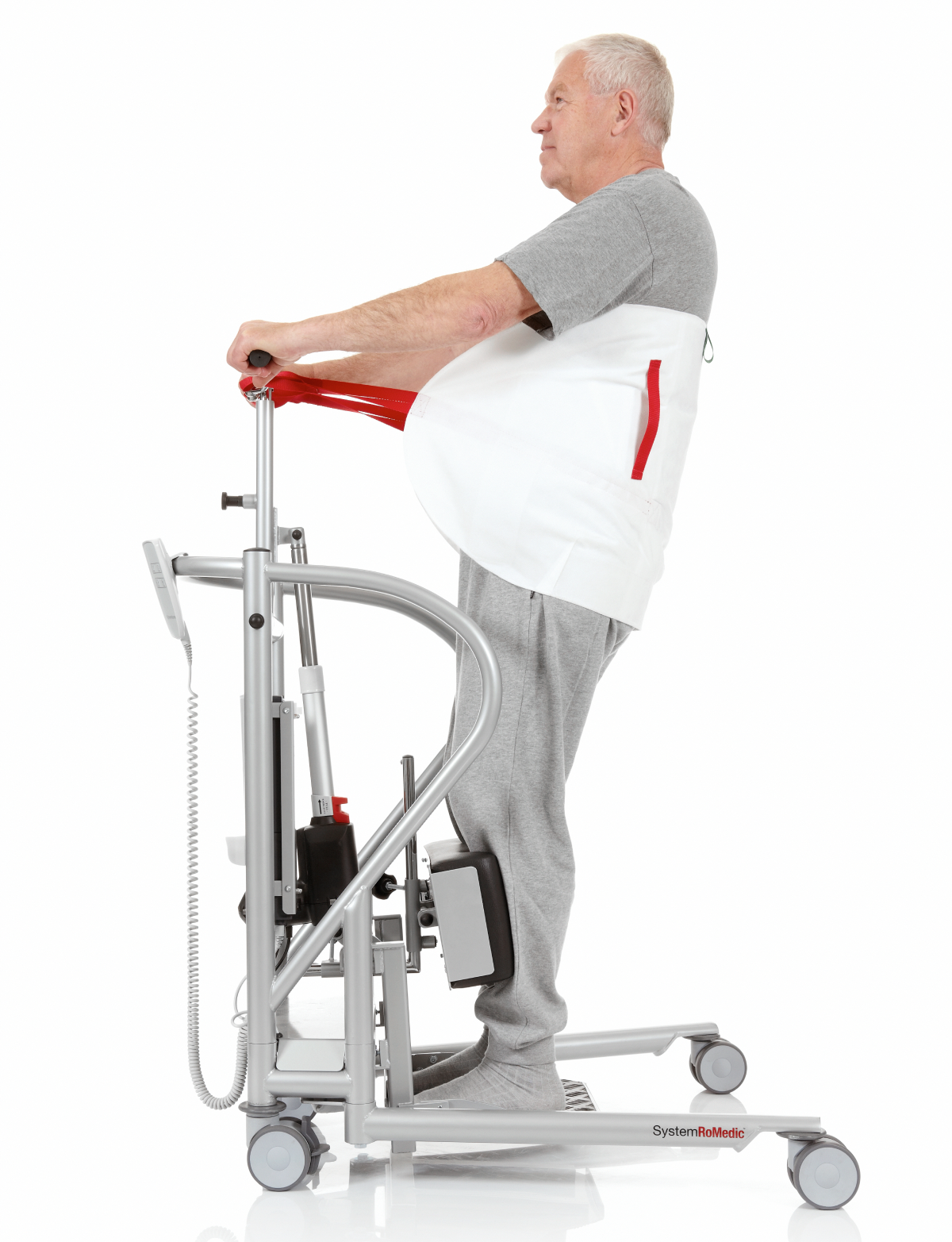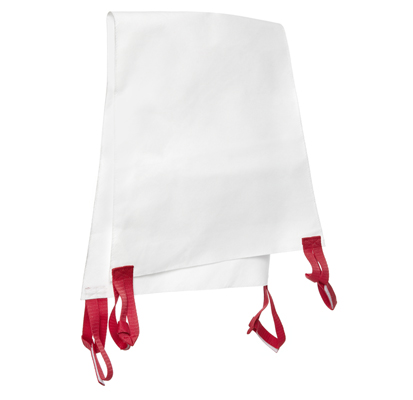Description
A sliding drawsheet to be combined with WendyLett base sheet
The multi-directional WendyLett4Way sliding drawsheet is made of a material which is designed to work in combination with WendyLett base sheet. WendyLett4Way is grey/white checked and available in several sizes. Sliding takes place in four directions; sideways as well as upwards and downwards, as indicated by the checked pattern.
Easy and comfortable turning and positioning of patients in bed
WendyLett4Way is placed on top of a WendyLett base sheet. A marking tag indicates which side should be facing upwards. WendyLett4Way has an anti-friction material on the underside and the combination of these two WendyLett sheets allows for multidirectional moves in bed. Procedures such as turning in bed, moving higher up/lower in bed or re-adjusting a patient while lying becomes simple to achieve with this combination, even with the heavier or passive patient. The function of WendyLett4Way also makes it possible to perform gentle and comfortable transfers of patients in pain.
After turning, the gliding movement can be inhibited by bedding WendyLett4Way in under the mattress on both sides of the bed.
- A comfortable functional material
- Communicating and self-instructing design
- A transfer aid which prevents pressure sores
Combine with TopSheet for extra heavy or difficult turning procedures
If the scenario requires further support, for instance for extra heavy/difficult turning or when the caregivers are frequently required to hold the patient in position while the patient is being cared for, SystemRoMedic TopSheet can be added and much back strain can be avoided. Furthermore, when TopSheet is used the load is spread over the full body area, which is very important when assisting patients in much pain. The transfer is performed without risk of friction and shearing damage of the skin of the patient thus further preventing pressure-related sores.

